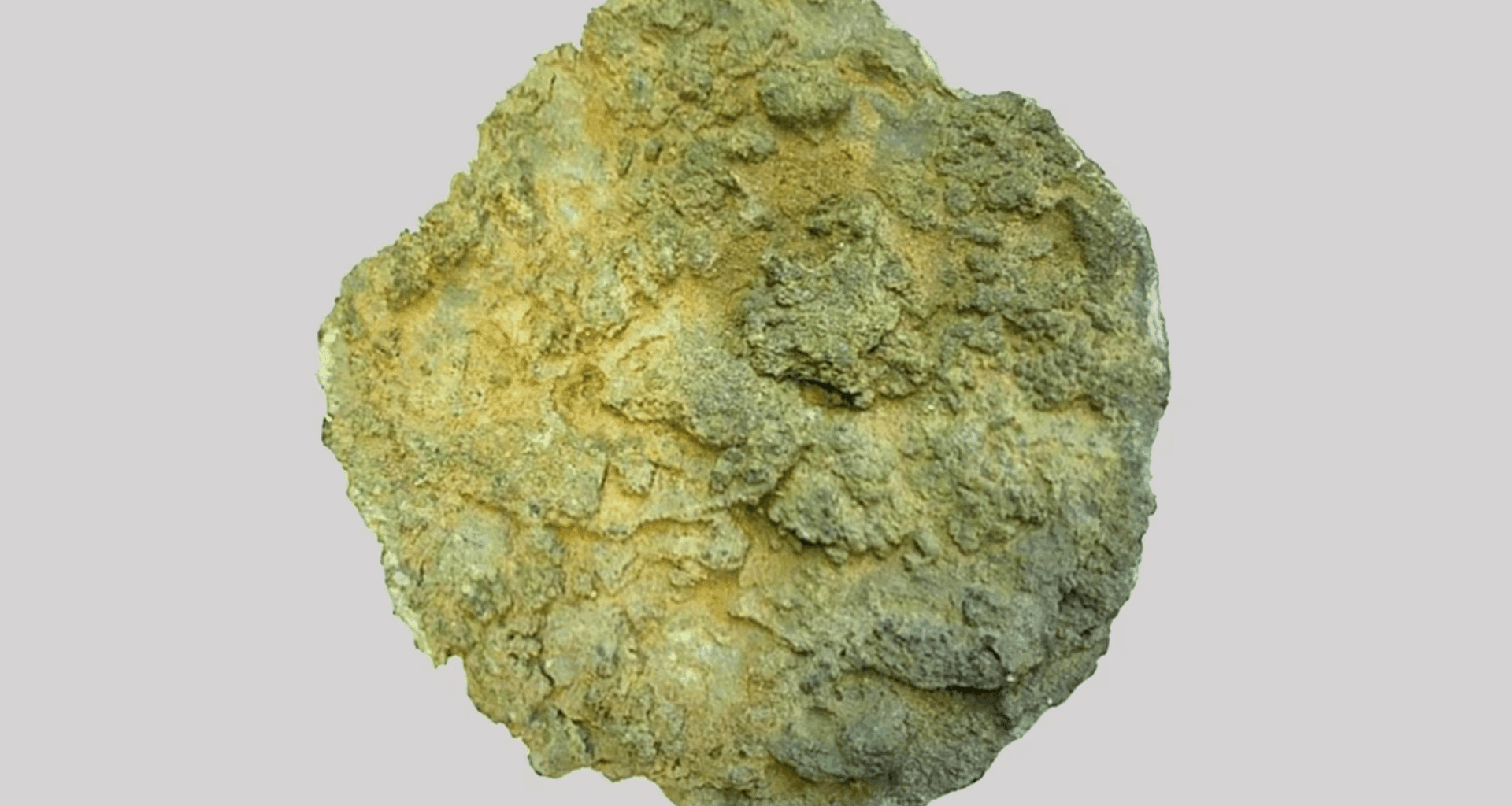During routine yard work in the small coastal village of Särdal, southwestern Sweden, a local resident uncovered a large metallic object that would soon attract the attention of archaeologists. Initially appearing unremarkable, the artifact’s unusual shape hinted at antiquity. Recent research published in the Journal of Archaeological Science has confirmed that the object is an Iron Age ingot, dating to the first millennium BC, composed of a complex copper-zinc-tin-lead alloy. This discovery is unique in Sweden, marking the first identification of such an ingot in the region. Beyond its metallurgical significance, the find illuminates long-distance trade and exchange networks in Iron Age Europe, connecting Scandinavia to Iberian and central European sources.
The Unique Composition Of The Ingot And Its Technological Implications
The ingot’s chemical composition revealed surprising insights about Iron Age metallurgical practices. Unlike typical Bronze Age artifacts, this object contained copper, zinc, tin, and lead in a carefully balanced combination. According to archaeologist Serena Sabatini from the University of Gothenburg, “Due, in particular, to its shape and size, it seemed to us a Bronze Age artifact, but the ingot turned out to be made of a copper-zinc-tin-lead alloy, typical of the Iron Age and later periods.” This advanced metallurgical process indicates not only technical sophistication but also an intentional effort to achieve desirable properties in the metal, such as improved workability and resistance to corrosion.
The discovery challenges prior assumptions about the pace of metallurgical evolution in Scandinavia. Previously, researchers believed that complex alloying techniques appeared later and only in limited regions. The Särdal ingot demonstrates that Iron Age communities in northern Europe were experimenting with complex alloys much earlier than previously recognized. This insight forces historians and archaeologists to reconsider the technological capabilities of ancient Scandinavian societies.
 The plano-convex ingot from Särdal, Halland, Sweden. The isotopic and elemental characteristics of the Särdal ingot were very close to a group of artefacts (Fig. 2) from two possible hoards found in the Iława Lakeland region, in northeastern Poland. Credit: University of Gothenburg
The plano-convex ingot from Särdal, Halland, Sweden. The isotopic and elemental characteristics of the Särdal ingot were very close to a group of artefacts (Fig. 2) from two possible hoards found in the Iława Lakeland region, in northeastern Poland. Credit: University of Gothenburg
Revealing Ancient Trade Routes Through Isotope Analysis
Elemental and isotopic analysis of the ingot provided further evidence of extensive trade networks connecting Scandinavia to distant regions of Europe. By examining lead isotope ratios, researchers traced the metal’s source to southwestern Spain, a region renowned for its mining during antiquity. This discovery indicates that raw materials were transported across vast distances, suggesting a level of economic and logistical sophistication not fully appreciated before.
Additional evidence supports the existence of intermediary trade hubs, particularly in Poland, where similar ingots and raw metals have been uncovered. “Networking and international collaboration are also important to unveil patterns and data that would remain unknown when one looks exclusively at the local context,” Sabatini enthused. This collaborative approach highlights the importance of integrating local archaeological findings with broader European datasets to reconstruct accurate trade patterns during the Iron Age.
Cultural And Economic Implications Of The Särdal Ingot
The presence of a foreign metal ingot in Sweden underscores the interconnectedness of Iron Age societies. Far from being isolated communities, northern European populations actively participated in continental trade networks that facilitated the exchange of raw materials, finished goods, and technological knowledge. This discovery suggests that Scandinavia was not a periphery but a participant in continental economic systems as early as the first millennium BC.
The ingot also provides insights into the social and cultural value of metals during this period. Metals like copper, tin, and lead were highly prized for crafting tools, weapons, and ceremonial objects. By tracing the movement of these materials, researchers can infer patterns of wealth accumulation, technological specialization, and cultural influence. Sabatini emphasized, “This work clearly shows the importance of teamwork and data sharing. Without the successful collaboration with our Polish colleagues, we would have never achieved such remarkable results!”
